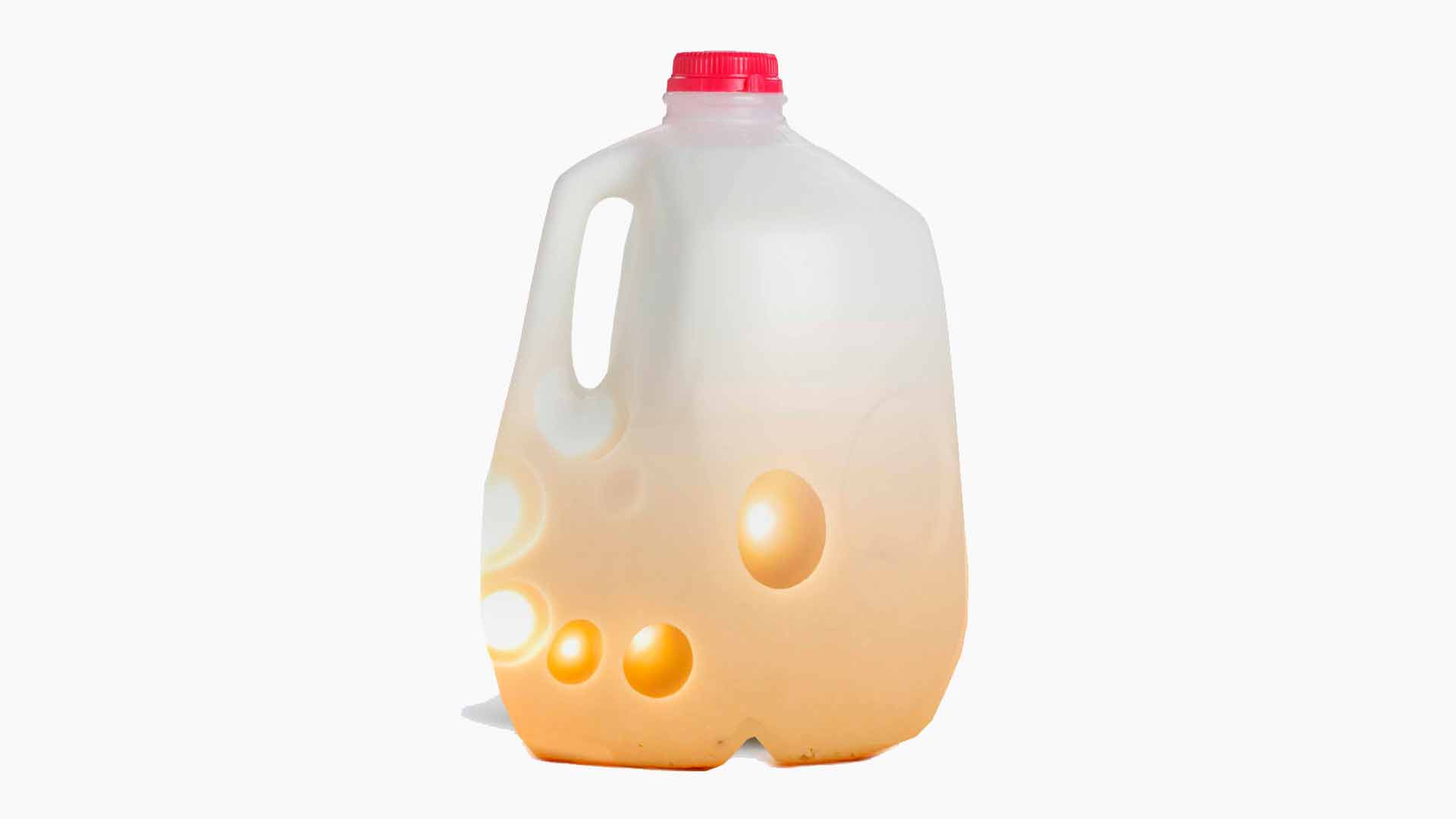AURI is looking for “whey” more uses for cheese-processing leftovers.
Researchers are investigating novel ways to use whey in high-protein drinks, develop nonfat dry milk “crunchies” for energy bars and add natural agents to shredded cheese to deter mold. Other projects are aimed at improving dairy products’ quality.
The research projects are a collaborative effort of AURI, the Midwest Dairy Association and the Midwest Dairy Foods Research Center. They represent a $350,000-plus investment in the industry, exemplifying how dairy industry sectors can work together to increase sales and demand for milk products, says Jen Wagner-Lahr, AURI project director and dairy specialist. “We look at this as a beginning. There are lots of opportunities for collaborating. Minnesota farmers are really benefiting from this.”
More than 80 percent of Minnesota’s milk production goes into cheese. The region’s cheese makers are asking for new ways to add more value to their products, Wagner-Lahr says. They also want to expand the markets for cheese-processing coproducts.
That’s where the Midwest Dairy Foods Research Center comes in. Funded by dairy checkoff dollars from the Midwest Dairy Association, the Center is a consortium of university scientists and processing experts from the University of Minnesota, South Dakota State University and Iowa State University. The Center, founded by Midwest farmers, does a wide range of dairy foods research.
The Center’s industry-focused research program is driven by the real-world needs of dairy processors says director Lloyd Metzger. “We develop tools and information to help them be more effective.” That benefits farmers and consumers alike, he says.
Recently, for example, Metzger’s organization created technologies to make low-fat processed cheese. “Processors used these insights to develop a healthier cheese, which is now being served to kids at school,” through the school lunch program, says Mary Higgins, vice president of dairy-ingredient marketing for the Midwest Dairy Association.
In another recent effort, the Center developed antimicrobial technology to improve the food safety of Mexican-style cheeses, which are booming in popularity. That technology “is now being commercialized by the industry,” Higgins says.
AURI-sponsored research projects will help the industry improve cheese quality and safety, and incorporate more whey and milk protein in consumer products. Whey is the watery part of milk that’s separated from the curd during cheese processing. It’s rich in protein and has many health and nutritional benefits, Higgins says.
Whey would be a great fit for high-protein or “functional” beverages, a market that is growing rapidly, Higgins says. The problem: “heat during pasteurization and further processing may break down the whey protein,” resulting in sediment at the bottom of a beverage, Higgins says. So the Dairy Foods Research Center is testing alternative technology for pasteurizing whey beverages. Effective pasteurization technology could open up new uses for whey, she says.
Energy and cereal bars are another promising market for whey and low-fat milk proteins. Sales in the energy bar category zoomed nine percent last year, Higgins says. With AURI support, the Center is adapting extrusion technology to puff up protein-rich nonfat dry milk into crispy bits for extra nutrition in snack bars.
Americans consuming more dairy
These projects are good examples of how processing research helps expand the demand for dairy foods and dairy ingredients, Higgins says. Since 1983, annual U.S. dairy product consumption has climbed from 522 pounds per person to more than 600 pounds today.
Higgins sees good prospects for continued dairy food growth, propelled by greater nutritional awareness and Americans’ desire for a healthy diet. She points to a recent survey by the Hartman Group, a consumer research firm, which found that 9 out of 10 people say healthy eating is very important. “Consumers are continuing to look for products that are nutrient rich.”
